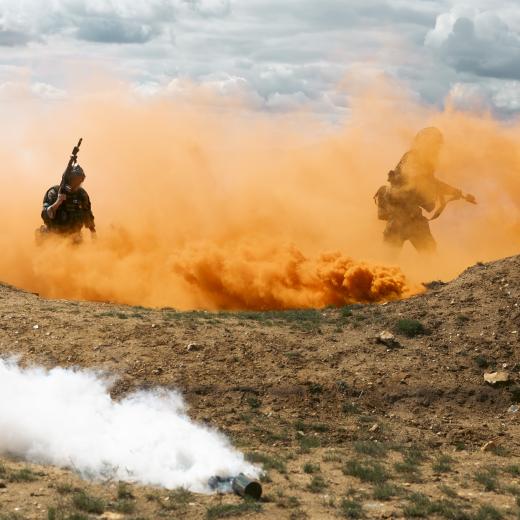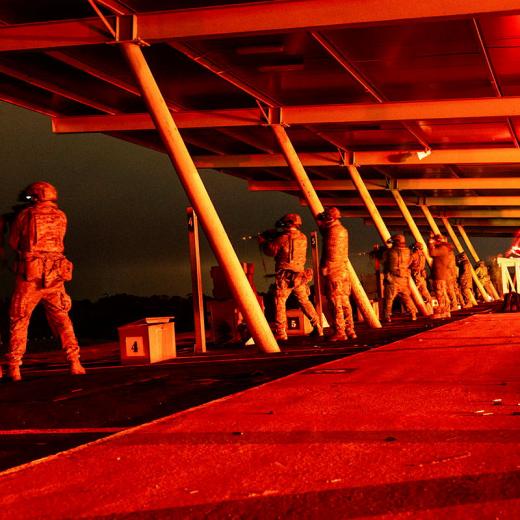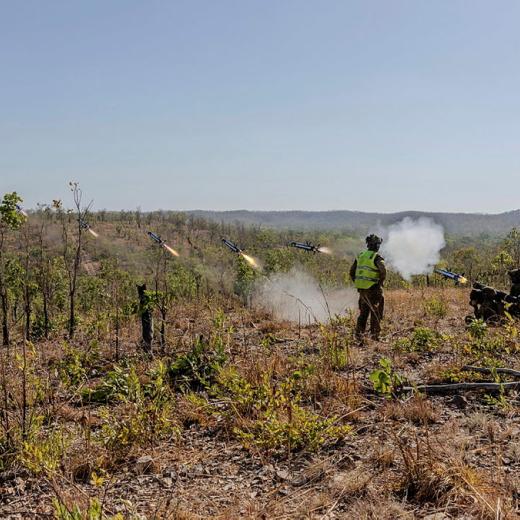BLUF
This article argues that The United States and its allies' unpreparedness for the Korean War after World War II provides lessons which might be applicable today.Summary
KEY POINTS:
- Massive disarmament efforts left the Air Force with a reduced active aircraft inventory.
- Budget cuts and shortages affected manpower, training, spare parts, maintenance, and logistics.
- The Cold War focus on Europe and the defence of the continental United States, limited resources for air operations over Korea.
- Initial aircraft collection consisted of various types, including WWII leftovers with inadequate capabilities and spare parts.
- The demand for more aircraft led to the deployment of early models lacking essential combat capabilities.
- Shortages impacted pilots, and parts, and further degraded sortie rates and mission capabilities.
- The introduction of advanced enemy fighters posed challenges for the outnumbered F-86 Sabre.
- Budget cuts reduced flying budgets and limited new pilot training, resulting in a shortage of experienced combat pilots.
- The lack of air superiority posed risks to ground forces, strike missions, naval operations, and overall war management.
- Lessons from the Korean War remain relevant today, emphasizing the importance of addressing resource challenges, investing in new concepts, and aligning strategic objectives for potential conflicts and great power competition.
References
- VIETNAM WAR COLLECTION | The Runway (airforce.gov.au)
- KOREAN AIR WAR COLLECTION | The Runway (airforce.gov.au)
- MILITARY HISTORY GENERAL ARTICLES | The Runway (airforce.gov.au)
Source Information:





